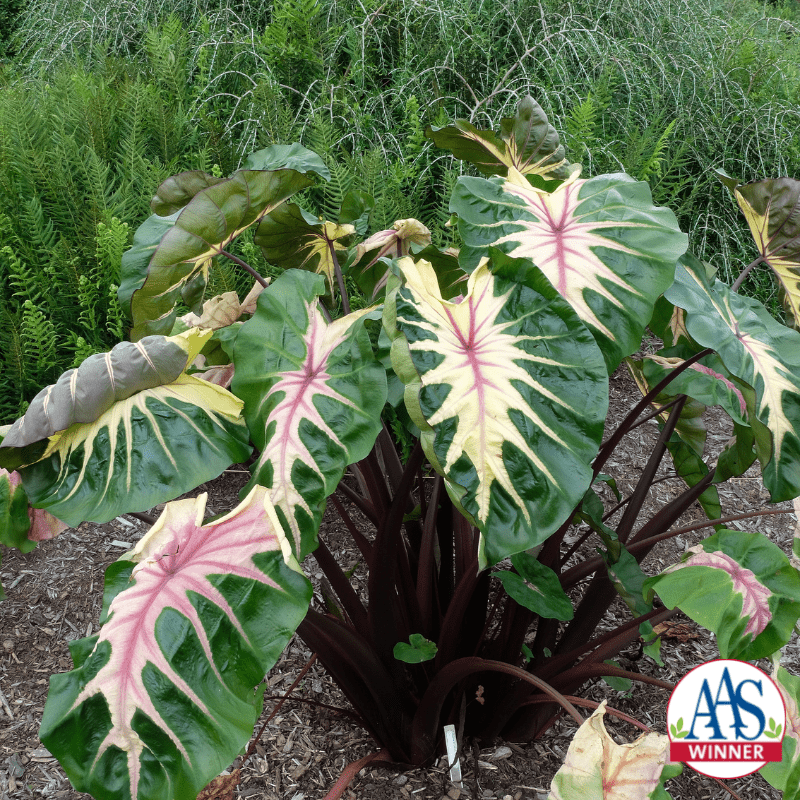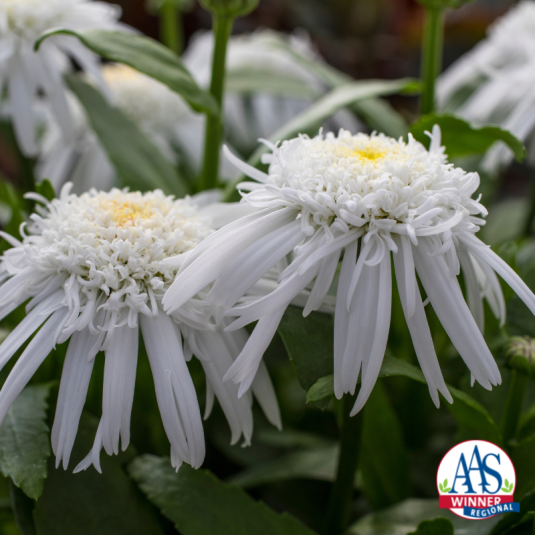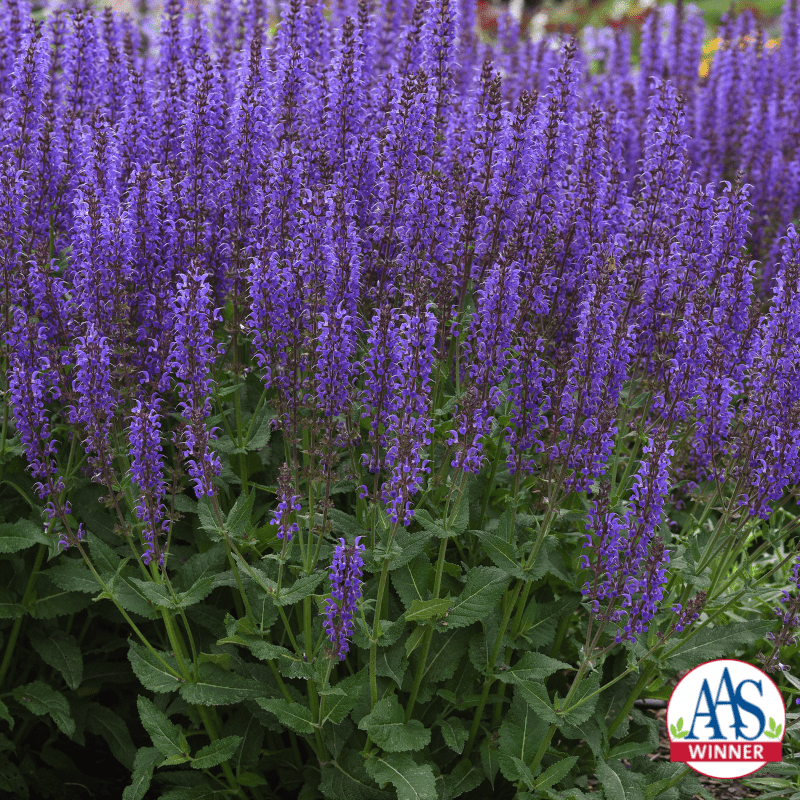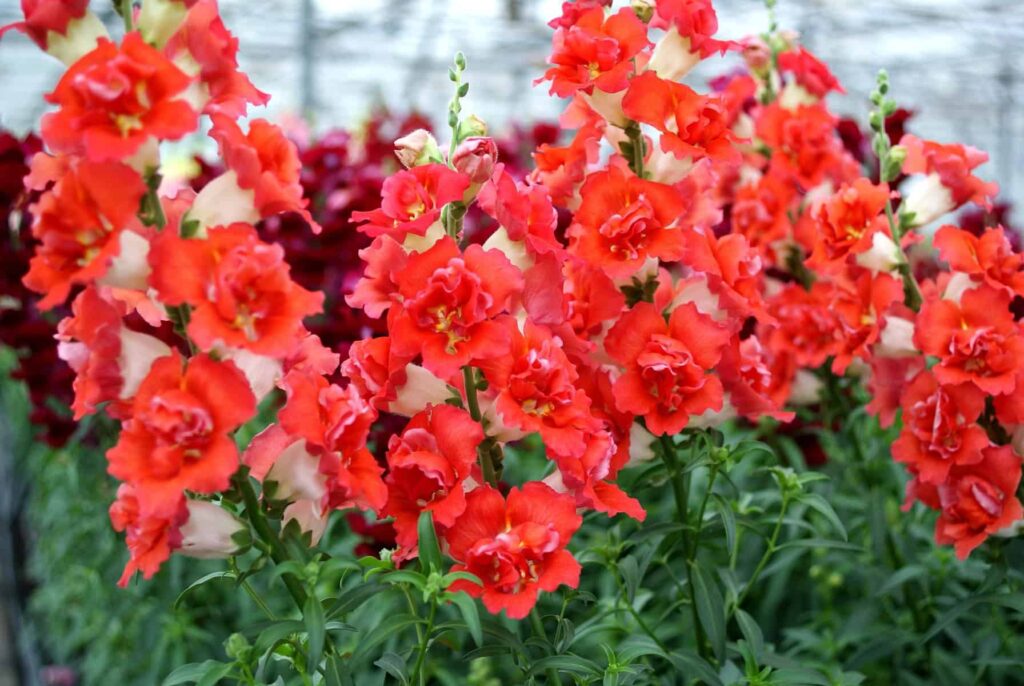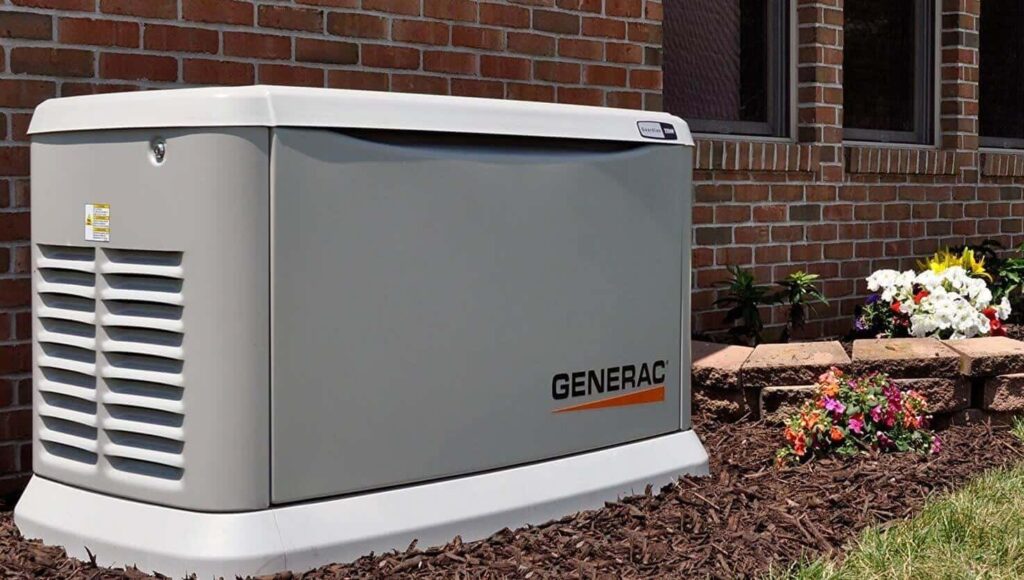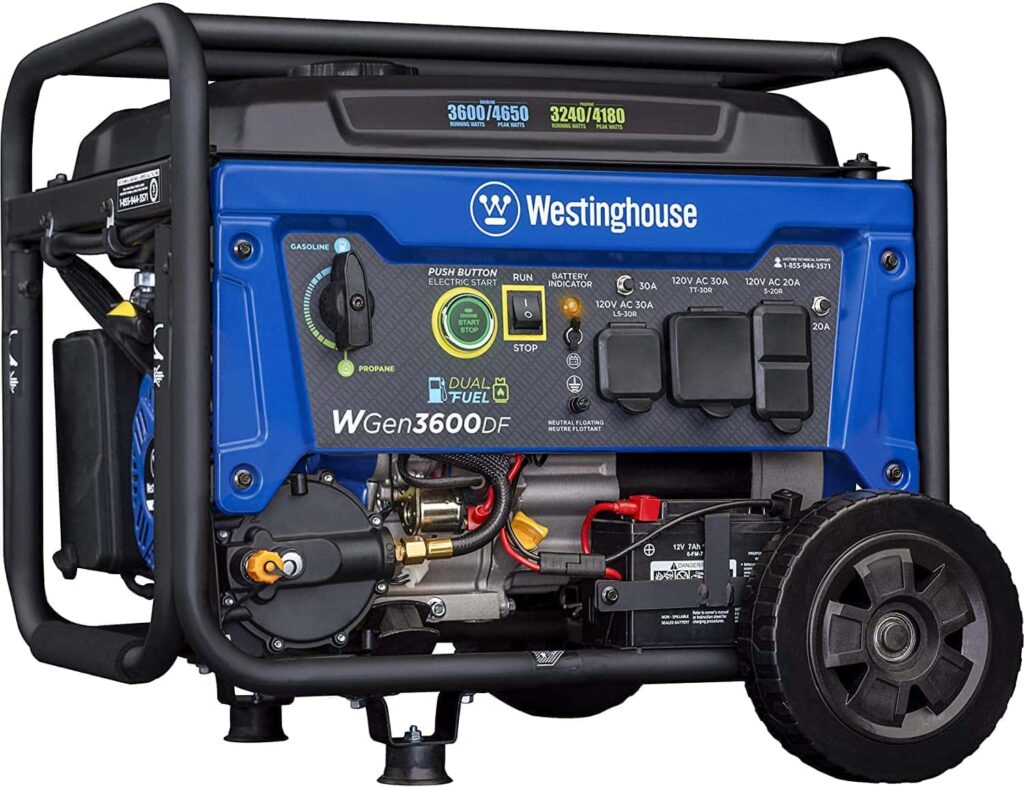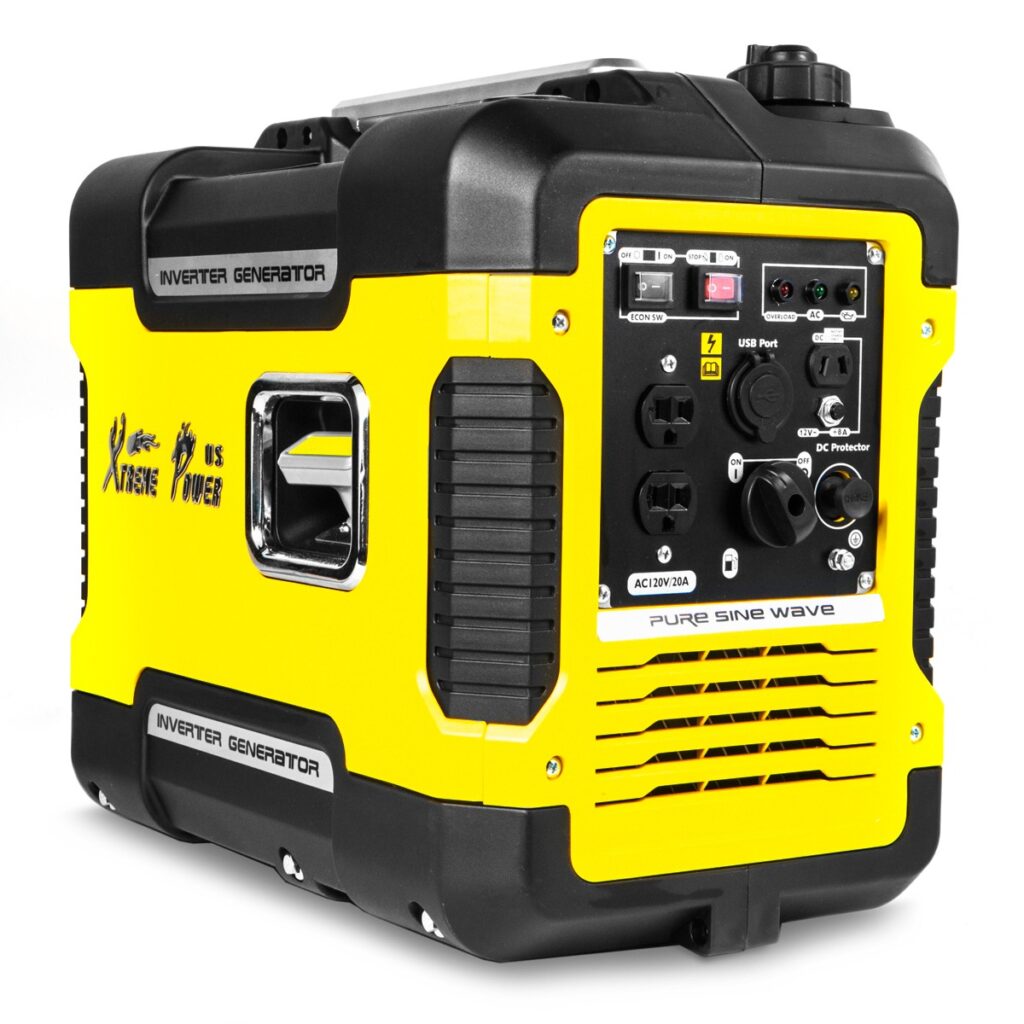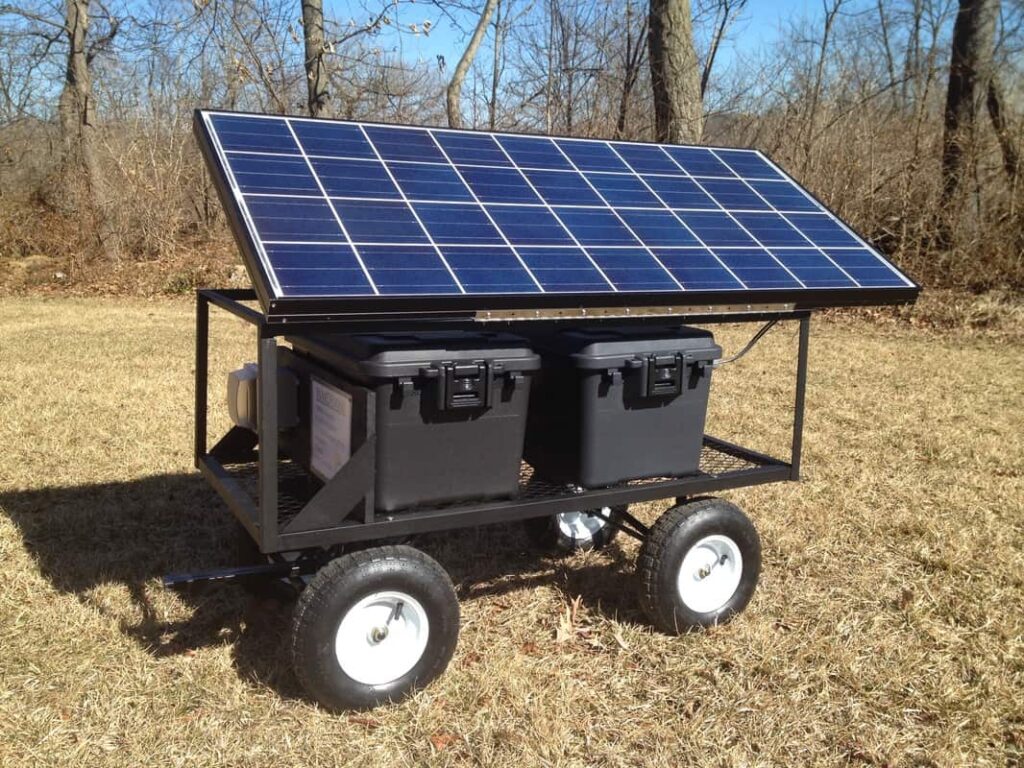Some new “Proven Winner” shrubs, trees, and grasses for the year 2023 include:
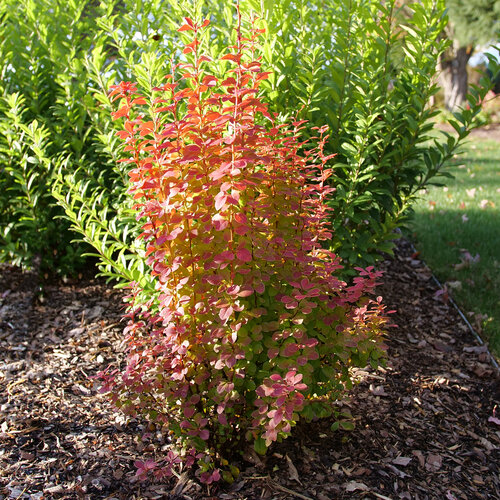
Sunjoy Orange Pillar Barberry boost neon orange foliage growing to a maximum of 4 feet with a 3-foot spread. Like with other barberries they have a lot of thorns making them resistant to deer. Good in poor soil with sun to part sun.
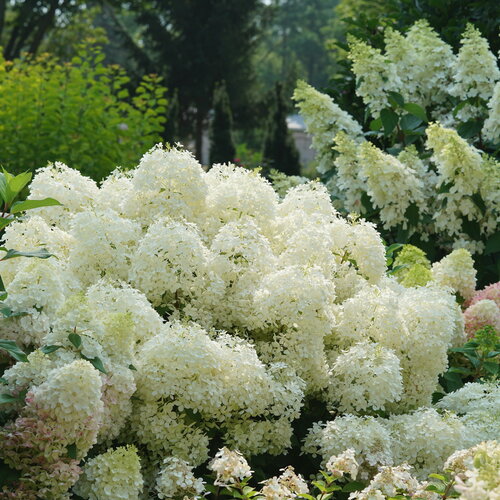
Puffer Fish Panicle Hydrangea has puffy white flowers that cover the entire plant. Opens as white turning to lime green as they age. They reach a height of 5 feet with an equal spread. Blooms on new wood so prune early in the spring. Likes sun to part sun.
Another hydrangea is Tiny Quick Fire which grows 3 feet by 3 feet. Flowers in May are white turning pink later on. Good for a foundation plant in front of taller shrubs. Both hydrangeas are not affected by pH.
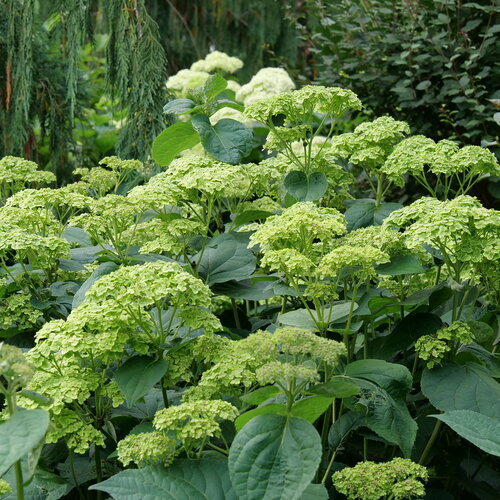
Still another hydrangea, Invincible Sublime has large, fluffy, green flowers set off by dark foliage. The plant will rebloom later in the summer on 5-foot by 5-foot plants.
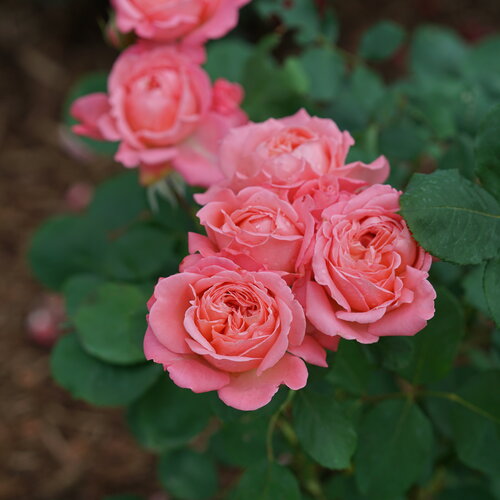
A new breed of roses called Reminiscent has hardiness with the fragrance of old English roses on 3-foot by 2-foot shrubs. This continuous bloomer was bred in Serbia so it is certainly hardy. These come in colors of cream-white, pink, and coral.
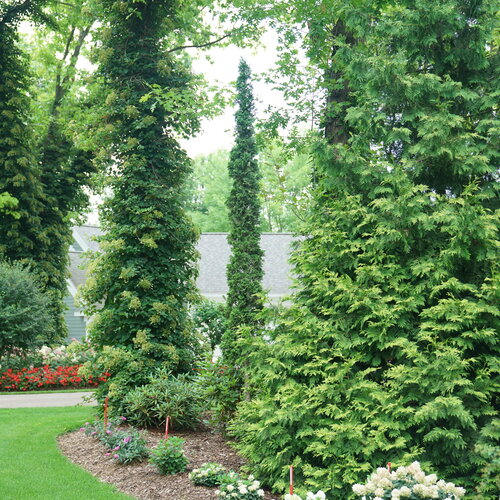
A new variety of arborvitae called Sting takes skinny to a new level. Growing to 20 feet with an 18-inch spread fits into small areas for some accent.
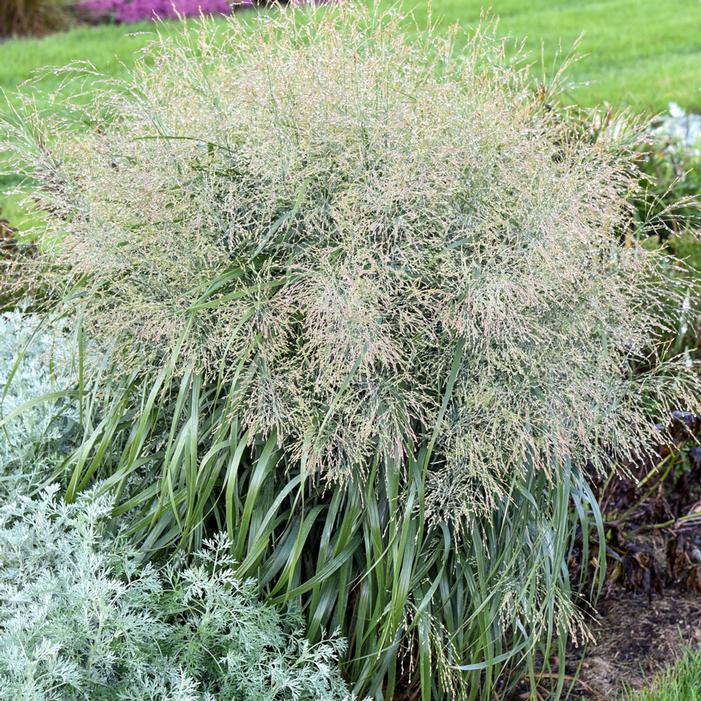
Prairie Winds ‘Niagara Falls’ Switch Grass grows 4 feet tall and wide. The bluish grass grows in a clump with sprays of cream-colored heads. Both drought and deer resistant.


